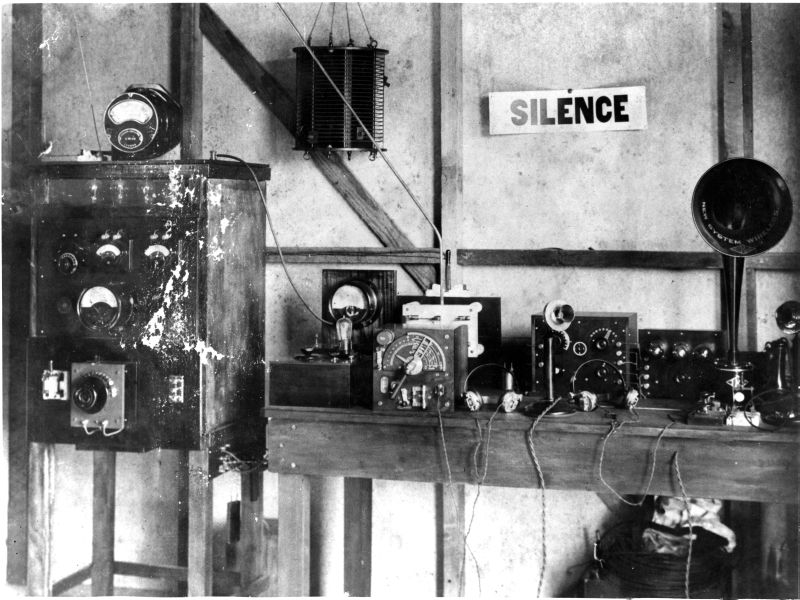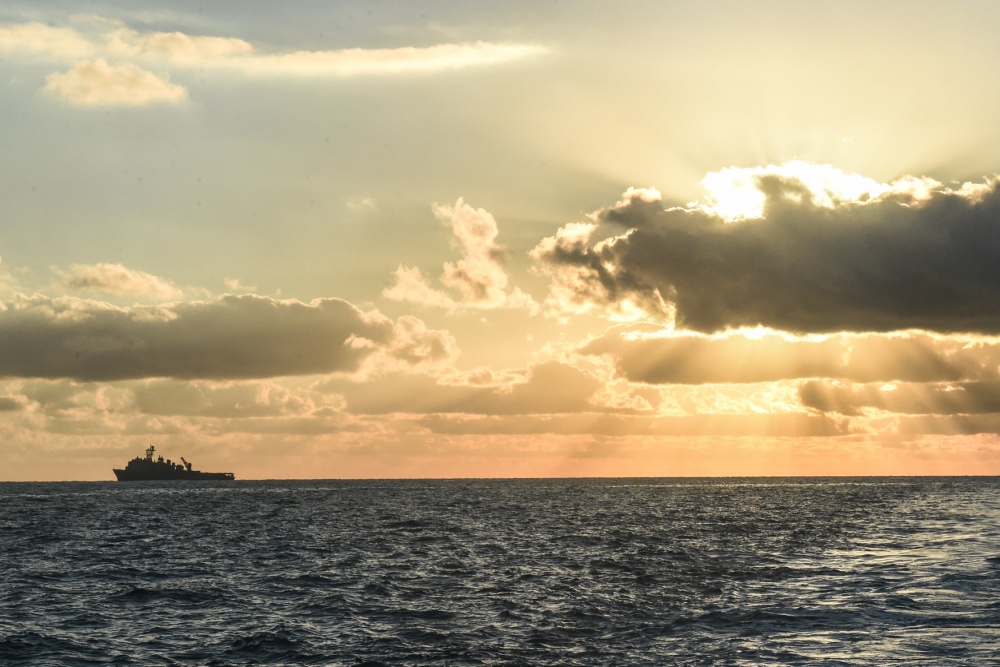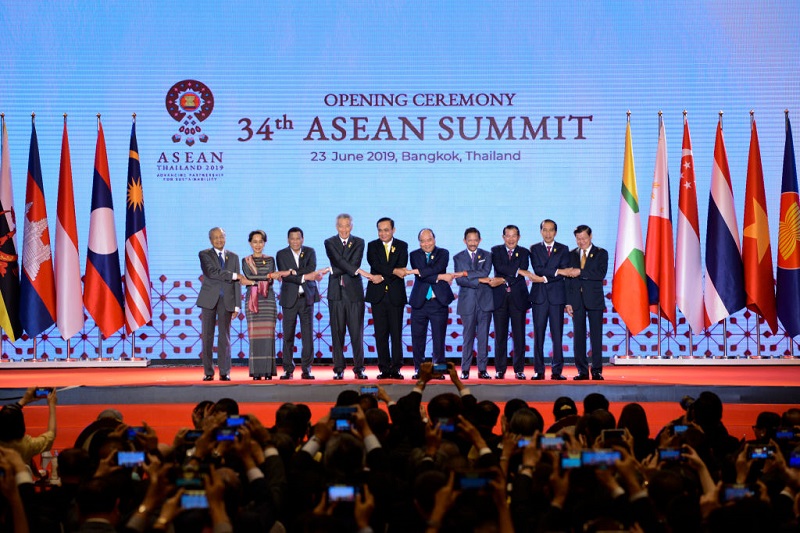ASPI’s decades: Asia–Pacific to Indo-Pacific

ASPI celebrates its 20th anniversary this year. This series looks at ASPI’s work since its creation in August 2001.
Among strategists, geography is used in an effort to refine Australia’s strategic thinking and impose hierarchy and order on Defence spending and structure.
Yet in the first decades of the 21st century the geographic calculus was bedevilled by fundamental shifts in power.
As much else changed, so did Australia’s sense of the world around its continent, transformed by a shape-shifting, expanding sense of region.
In the 1980s and 1990s, Australia helped build an ambitious geographic construct, the Asia–Pacific. Then that Asia–Pacific model gave way to an even larger defining geography, the Indo-Pacific.
India’s growing importance had to be acknowledged, China’s systemic effects had to be calculated, Japan’s security evolution embraced, and the traditional concentration on Indonesia and ASEAN had to be affirmed and made central to the expanded understanding.
Just as geography is remade by tectonic forces, geopolitics and geoeconomics remade the policy frame to adjust to China’s rise, India’s arrival and America’s relative decline.
Kevin Rudd’s Labor government that won office in 2007 set to work on a new defence white paper, and when the policy was delivered in May 2009, geography was in the title: Defending Australia in the Asia Pacific century.
ASPI’s Rod Lyon and Andrew Davies wrote that while media reporting of Labor’s policy statement tended to focus on the hardware acquisition (‘And that is not surprising—there is a lot of it.’), just as important was a ‘significant re-positioning of Australia’s declaratory strategic policy’ and ‘a firm geography-based line’ amid the shifting sands of the Asia–Pacific:
That emphasis on geographical determinism is reinforced in the White Paper’s acknowledgement that, while Australia has four major strategic interests—a secure Australia, a secure neighbourhood, a stable Asia–Pacific and a rules-based global order—only the first two of those interests will actually shape the Australian force structure. Given that, one could be forgiven for wondering why the power balance shifts in the wider Asia–Pacific engendered by the rise of China are given so much prominence elsewhere in the document. Indeed, there seems to be something of a disconnect here. If developments in the wider region are not force structure determinants, why the emphasis on a larger fleet of long-range submarines with strategic strike capabilities? The revival of the Defence of Australia strategic orthodoxy suggests a narrowing of Australian strategic policy focus under the Rudd government.
In one sense, the white paper was ‘ground-breaking’, then–ASPI executive director Peter Abigail observed:
It was the first public policy statement by a US ally that attempted to come to terms with the power shifts underway in the Asia–Pacific and raise questions about the durability of US strategic primacy. It lifted what had been academic, commentarial and officials’ discourse into the realm of declared policy and, therefore, attracted quite a bit of attention, particularly in Beijing and Washington.
At the end of the first decade of the 21st century, Davies and Mark Thomson considered the regional ‘state of flux’ and saw two broad futures—the key unknown was whether economic cooperation or strategic competition would take precedence:
The optimistic possibility is that Asia will evolve into a region in which cooperation trumps strategic competition—something akin to how Europe operates today. The more pessimistic possibility is that strategic competition will grow into mounting tensions and that Asia will face the same bleak prospects that Europe did a century ago.
When Lyon mapped the ‘strategic contours’ of Asia’s rise in 2012, he couldn’t separate those two futures of competition or cooperation. The region faced a strange blend of both— what business calls ‘coopetition’. Lyon noted transformational change, characterised by two interlinked phenomena: ‘the relative decline of US power in Asia, and the “return” of Asian great powers to the international system’.
Within that coopetitive Asia–Pacific, the principal structures of the regional security order—the existing contours of reassurance and deterrence—were starting to fray, Lyon wrote:
[A]s multipolarity grows in Asia, regional perceptions of US primacy are becoming more blurred. That blurring weakens the interlinked systems of reassurance and deterrence that underpin the current order. As Asian coercive power grows—and coercive power is the power to intimidate as well as the power to do actual physical harm—the region as a whole is entering a new era of reassurance worries.
After Julia Gillard deposed Rudd as prime minister and narrowly won the 2010 election, she ordered two white papers: the Australia in the Asian century white paper issued in 2012, and the 2013 defence white paper. The government produced two policy statements that were, if not at odds, certainly engaged in a series of debates about the nature of the region and its future—and even the name and reach of the region.
Gillard asked for the Asian century study for policy, political and even personal reasons; she had to put her own stamp on foreign policy, not least because Rudd was her foreign minister. Thus, the Asian century paper was written in the prime minister’s department by former Treasury secretary Ken Henry.
ASPI Executive Director Peter Jennings worried at the puzzling absence of the US from Henry’s terms of reference, despite the centrality of the US to the strategic picture. That omission certainly concerned the Department of Defence, shaping its approach to its own white paper.
The Henry report blended liberal internationalism with an optimistic view of Asia entering a new phase of deeper and broader engagement, with this opening vision:
Asia’s rise is changing the world. This is a defining feature of the 21st century—the Asian century. These developments have profound implications for people everywhere. Asia’s extraordinary ascent has already changed the Australian economy, society and strategic environment … The Asian century is an Australian opportunity. As the global centre of gravity shifts to our region, the tyranny of distance is being replaced by the prospects of proximity. Australia is located in the right place at the right time—in the Asian region in the Asian century.
Defence’s response to the Asian century was to embrace the Indo-Pacific, a concept that hadn’t been mentioned in its 2009 white paper. The 2013 edition used ‘Indo-Pacific’ 58 times while giving minimal linguistic obeisance to the Asian century (10 mentions).
The white paper’s strategic outlook pointed to two defining characteristics of the regional order. First, the ‘critical importance’ of the US–China relationship. Second, ‘a new Indo-Pacific strategic arc’ was emerging, connecting the Indian and Pacific Oceans through Southeast Asia.
When the Liberal–National coalition won the 2013 election, four months after the defence white paper’s release, the Asian century white paper was purged from new prime minister Tony Abbott’s website. The Asian century usage faded.
Defence had given Canberra the new construct for the region: the Indo-Pacific was central to the 2016 defence white paper and the 2017 foreign policy white paper.
The shift from Asia–Pacific to Indo-Pacific was more than a geographic broadening. This was about mood swing and geopolitical forces.
The foreign policy white paper’s chapter on ‘A contested world’, under the heading ‘Power shifts in the Indo-Pacific’, described the contest:
The compounding effect of China’s growth is accelerating shifts in relative economic and strategic weight. In parts of the Indo–Pacific, including in Southeast Asia, China’s power and influence are growing to match, and in some cases exceed, that of the United States. The future balance of power in the Indo–Pacific will largely depend on the actions of the United States, China and major powers such as Japan and India.









